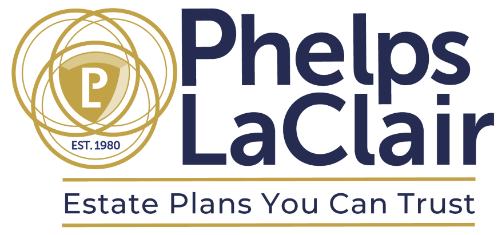
15 Dec How to Fund Your Living Trust
There’s one crucial step that many people skip after signing their trust document—actually funding the trust. If you forget to complete this step, your assets will remain subject to probate and be vulnerable to creditors after you’re gone. No matter how detailed the instructions you leave in the trust document are, it will not be successful unless you fund it. Let’s take a look at why and how to fund a living trust.
Why Funding a Trust Is So Important
Funding a trust is the process of legally transferring the ownership of your assets from yourself to the trust. Placing your property in a trust helps to protect it from creditors and probate after you’re gone.
It also ensures that the property is taken care of if you ever become incapacitated. Your successor trustee will be responsible for managing assets in the trust in the event of your disability or death.
How to Fund a Living Trust: 6 Common Types of Assets
1: Real Estate Property
Transferring real estate to your trust involves signing a new deed in the name of the trust. However, you need to contact your mortgage company to secure their permission before re-titling any mortgaged real estate. Arizona does not impose real estate transfer taxes, but if you own real estate property in another state, you may need to pay taxes on the transfer.
2: Titled Personal Property
Other titled personal property, such as cars, boats, planes, etc., will also need new titles if you want to place them in your trust. In Arizona, you can designate your living trust as the beneficiary of a vehicle. The vehicle’s title will remain in your name during your lifetime, but ownership will automatically transfer to the trust after you pass away.
3: Untitled Personal Property
There are many types of assets that do not have titles, such as jewelry, furniture, or collectibles. To fund your trust with untitled personal property, you need to create an Assignment of Property document. The document essentially titles the property to your trust to ensure it properly transfers after you’ve passed. Simply list the individual items or categories of assets in the document, sign it, and keep it with your trust records.
4: Bank Accounts
If you fund your trust by transferring a bank account, you’ll need to contact your financial institution first. Some banks require a copy of the trust document as proof that the trust exists. Then, depending on the bank, you may be able to retitle an existing account or create a new one to transfer ownership to the trust.
You can also name the trust as a payable-on-death beneficiary of a bank account. However, your successor trustee will not be able to access the account on your behalf if you ever become disabled.
5: Life Insurance Policies and Retirement Accounts
Funding your trust with a life insurance policy or retirement is a slightly different process, because you don’t need to transfer ownership. Instead, you can name the trust as a beneficiary of the policy or account.
Since the proceeds will automatically pass to the named beneficiaries upon your death, you may be considering naming a person as beneficiary instead of the trust. But naming your trust would allow the trustee to access the proceeds in the event of your disability.
6: Business Interests
You can also protect your shares in a corporation or your interests in an LLC or partnership by placing them in your trust. Check your articles of incorporation, LLC operating agreement, or partnership agreement for precise instructions on how to transfer ownership, and to find out whether there are any restrictions.
Estate Planning Attorney in Mesa and Chandler
If you need help funding your trust, the experienced team at Phelps LaClair is here for you. From drafting the trust document to transferring your assets, we can assist you every step of the way. Simply give us a call at 480-892-2488 to schedule a consultation in Mesa, Chandler, or one of our other convenient Arizona locations.
Images used under creative commons license – commercial use (12/15/2022). Photo by Amy Hirschi on Unsplash


